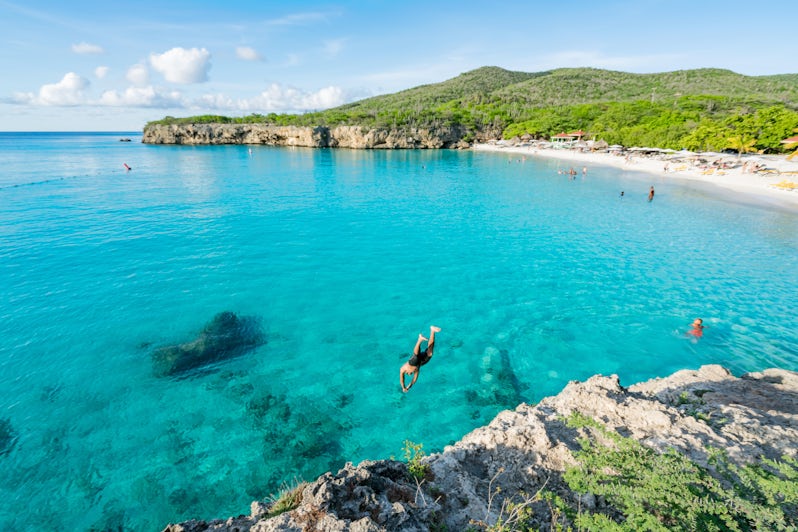
9 Tips for Booking a Cruise to the Southern Caribbean



The Southern Caribbean harbors the lion's share of the region's islands. But, because many are smaller and less developed than more easily accessible northerly islands, they tend to be less traveled. And that's a big plus for been-there, done-that cruisers eager to experience new ports of call.
The region, which includes islands lying east and south of St. Maarten/St. Martin, has always been a bit more exotic than its Western Caribbean and Eastern Caribbean counterparts. That's due, in part, to strong colonial influences that endure.
Martinique, Guadeloupe and St. Barts are part of the Republic of France; Curacao, Aruba and Bonaire are part of the Netherlands; Dominica, Antigua and Barbuda retain a British colonial legacy; and farthest south, just off the coast of Venezuela, Trinidad and Tobago exude Latin flair. These influences guarantee an interesting mix of natural beauty and culture.
The options for a cruise to the Southern Caribbean are so varied that picking an itinerary can be a daunting task. To help you decide, we have put together nine tips to bear in mind before and after booking your cruise in the Southern Caribbean.
1. Cruise the Southern Caribbean at the Best Time, Which Is Anytime
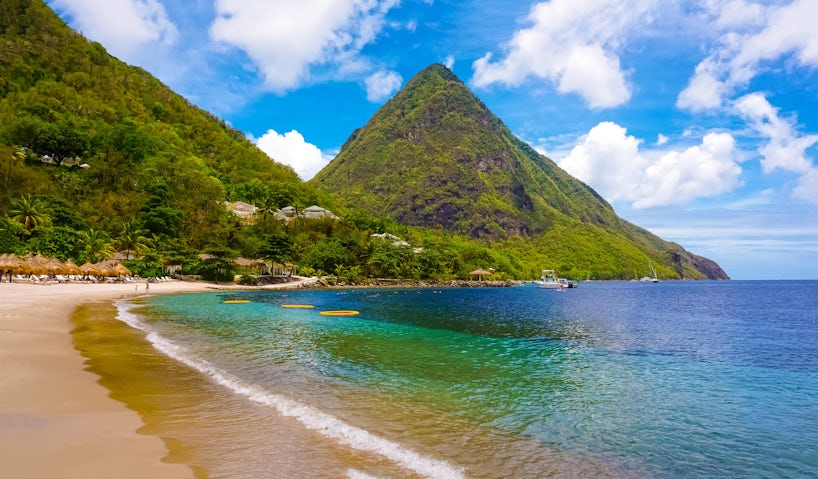
Although there may be small differences between seasons in the Caribbean, its southern section is more uniform in terms of weather and the fellow cruisers you’ll travel with.
Perhaps the most important thing to know when planning to cruise the Southern Caribbean is that December through April is peak season. Also, summers are warmer, though there aren't huge seasonal temperature fluctuations.
If you're risk-averse, take note that hurricane season lasts from June through November. Some Southern Caribbean islands, including Aruba, Bonaire, Curacao, Barbados and Grenada, lie below the hurricane belt, but do, on occasion, get sideswiped.
Expect the best deals in late summer and early fall after kids have gone back to school, but before winter kicks in and cold-weather denizens seeking sunshine fill the cabins.
2. Pick Your Preferred Cruise Line: Most Major Cruise Lines Offer Southern Caribbean Itineraries Year-Round
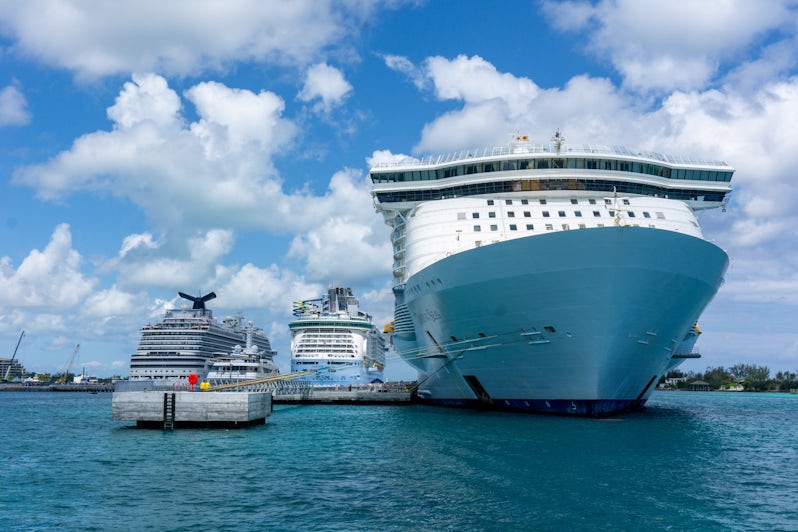
You don’t have to do a lot of research to find the right Southern Caribbean itinerary, as the vast majority of U.S.-based cruise lines offer them. Sailings to the southern isles are available year-round, and you can pick from a wide range of ships, from the massive Royal Caribbean ones to the more intimate and exclusive Seabourn vessels, and everything in between.
Big-ship cruise lines that offer Southern Caribbean itineraries include Carnival Cruise Line, Celebrity Cruises, MSC Cruises, Disney Cruise Line, Holland America Line, Norwegian Cruise Line and Princess Cruises.
If you like smaller vessels, check out Cunard Line, Oceania Cruises, Regent Seven Seas Cruises, Silversea Cruises, Windstar Cruises and Star Clippers.
The region is also popular among Southern European and U.K. travelers, with British-based cruise line P&O and the Italian Costa calling there.
3. Ports of Call in the Southern Caribbean Are Determined by Ship Size, so Choose Your Ship Carefully
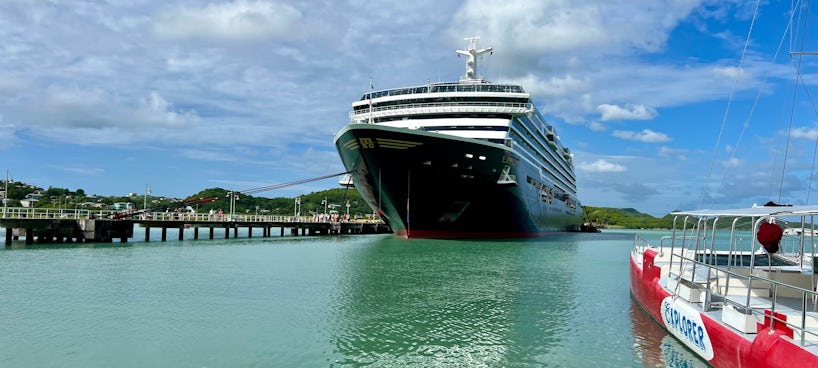
The islands in the region offer endless variety, but where you sail is likely to be determined primarily by the size of the vessel you’re on.
Large ships call at islands with enough tourism infrastructure to keep shore excursion throngs satisfied and amused. These include Antigua, Aruba and Curacao or Bonaire.
Smaller ships (and more eco-oriented ships) tend to balance the voyage between "greatest hits" ports, and those you might have never heard of, like Bequia, St. Vincent, Mayreau Island, Iles des Saintes and Tobago Cays.
4. Familiarize Yourself with the Ports of Call in the Southern Caribbean -- and Choose Wisely
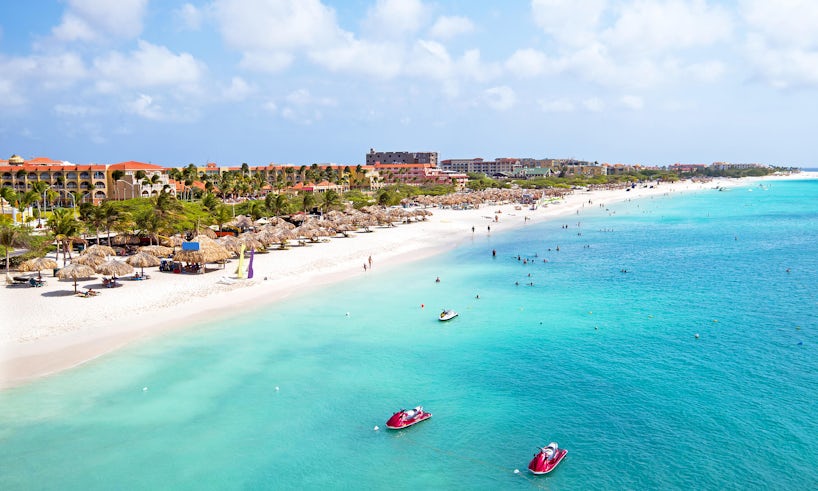
Whether you’re looking to spend a few days exploring the beaches, snorkeling and diving, or shopping, you’ll find it in the Southern Caribbean. Beyond the colonial influences of each island, their landscapes and their shore excursions offered are as varied as they get.
Antigua: Vestiges of Antigua's importance as a British colonial naval base are on view at Nelson's Dockyard National Park in English Harbour. Billed as the world's only continuously working Georgian dockyard, its restored 18th- and 19th-century buildings now house shops, a five-star hotel and art galleries. Trails lead to remnants of historic forts and sugar mills.
After you've taken in the historic picture, climb to the 492-foot summit of Shirley Heights for a panoramic view that includes Guadeloupe's active stratovolcano on the island of Montserrat.
Aruba: Beaches rule on Aruba, a Lesser Antilles island. Eagle Beach, with its soft, white sands and warm, crystalline water, draws rave reviews. A bonus for cruisers: It's only a couple of miles from the cruise ship dock. Plus, it's family-friendly. Or sign on with a tour operator to experience some of the Caribbean's best snorkeling and scuba diving.
Curacao: With its candy-colored Dutch colonial buildings, Curacao's capital city of Willemstad is worthy of an extended ramble through its four historic quarters, now a UNESCO World Heritage Site. Don't miss the stroll across the Queen Emma pontoon bridge that spans shimmering St. Anna Bay, connecting two historic quarters of the city.
Dominica: Though Dominica isn't known for its beaches, paradise awaits nature-lovers, thanks to the plethora of land-based natural attractions. Among them: Trafalgar Falls, twin falls with an upper "Father" cascade and a lower "Mother" waterfall. The 20-minute trail to the top is well-groomed and suitable for novice hikers.
Less energetic sorts can stick to the lower falls, where natural pools -- one hot and one cold -- soothe and refresh. The falls lie in the massive Morne Trois Pitons National Park, site of many otherworldly sites, including the Boiling Lake.
Grenada: With its white sands and calm waters, two-mile-long Anse Beach (a short distance from the cruise ship terminal) draws sun-seekers visiting Grenada. The island's many waterfalls make for great hiking destinations.
The capital city of St. George's, built around a horseshoe-shaped bay with hills rising above, is a pretty place to explore on foot. Don't miss the markets, where heaps of nutmeg, cinnamon, mace and more clearly illustrate why Grenada is called the Island of Spice.
For a truly unusual water-based adventure, take a snorkeling trip to the Molinere Underwater Sculpture Park.
Martinique: A smoldering volcano, lush rainforests and pleasant beaches present possibilities for all kinds of adventure on the French West Indies isle of Martinique. Its capital, Fort-de-France, presents ample shopping opportunities for French luxury goods (perfume, scarves, crystal), as well as traditional island handicrafts.
A spectacular drive north of the city leads to St-Pierre, built on the ruins of a small city wiped out in 1902 by a volcanic eruption. The small but interesting Musee Volcanologique chronicles the event. Hikers will want to take advantage of the island's extensive network of trails.
5. Expect to Spend at Least a Week on Your Southern Caribbean Cruise
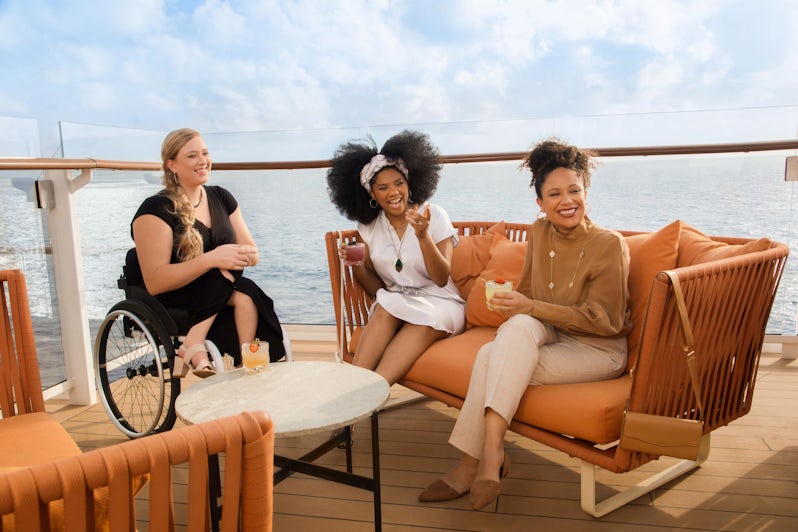
Because of the region's relative distance from North America, Southern Caribbean itineraries are typically at least seven days. Embarkation for shorter cruises tends to be from San Juan, Puerto Rico and Barbados.
Other typical embarkation ports include Ft. Lauderdale, Port Canaveral, Tampa and Miami; though you might find a few other U.S. embarkation ports such as Bayonne and Baltimore further up the east coast. Luxury lines and small ships often embark in St. Maarten or Barbados.
The islands of the Southern Caribbean can be part of longer Panama Canal voyages, as well.
6. Take a Tour to Make the Most of Your Southern Caribbean Cruise
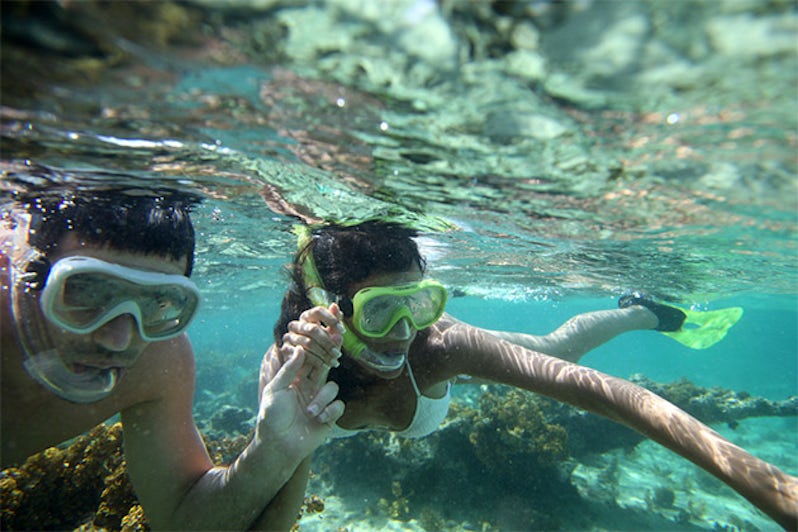
Even in the smallest islands, you’ll find plenty of things to do. Whether you book a shore excursion through your cruise line or plan something on your own, it’s worth considering going beyond the beaches close to the cruise terminal or the shops in the main town.
Assume that locals hanging around tourist attractions offering assistance are doing so because they expect to be paid. Evaluate whether you need their services and determine in advance what they'll cost.
7. Tip When You Are Off the Ship in the Southern Caribbean
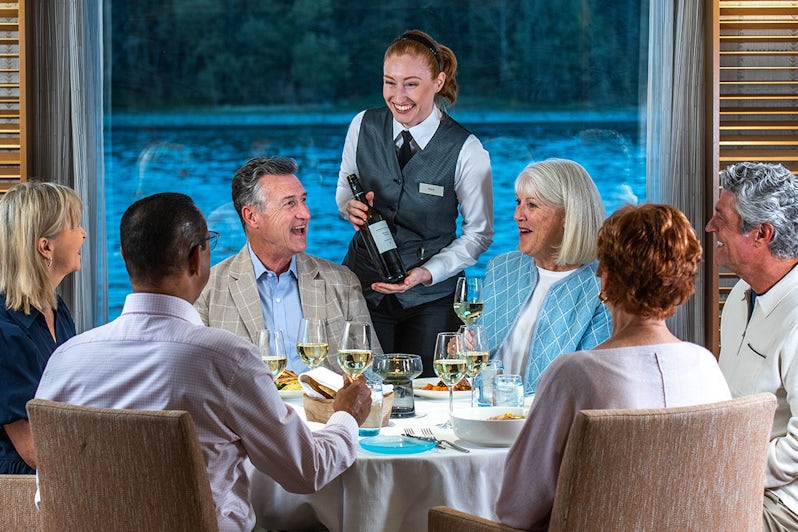
Some destinations are known for their relaxed tipping culture (some parts of Europe, for example), while others are quite the opposite. The Southern Caribbean is somewhere in between. How much you tip is up to you, but make sure you don’t walk away without tipping your tour guide, cab driver or porter.
Restaurants often add a 10 or 15 percent surcharge to the bill to be divided among the staff. If you're happy with the service, consider leaving an extra 10 percent on the table for the waiter.
8. Scour the Shops for Imported European Goods at a Discount
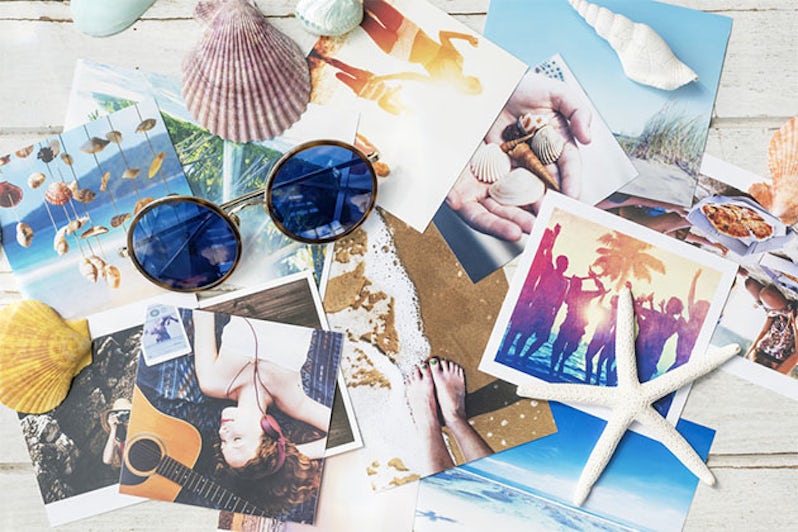
Southern Caribbean islands are still strongly influenced by their colonial past in ways that go beyond the language and the architecture. While most of the European flair will be obvious as you walk around, islands that are still part of European kingdoms or republics offer some of the same products you’d find there.
In places like Curacao, St. Martin and Martinique, you’ll find good deals on imported goods from the Netherlands and mainland France. Keep an eye out for Dutch cheeses, Delft ceramics and perfume and other French luxury goods when visiting these islands.
9. Don’t Forget to Ask for Receipts in the Southern Caribbean

When you pay for a cab ride, ask for a receipt at the moment you hand over the cash. Some unscrupulous cab drivers might ask for cash in advance and later claim you haven't paid. If you have a receipt, it won't be your word against theirs.